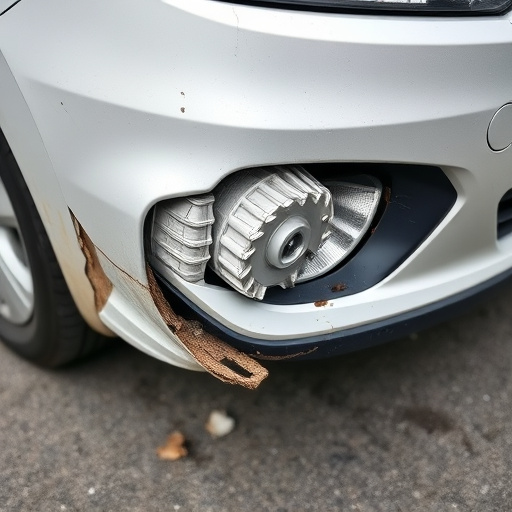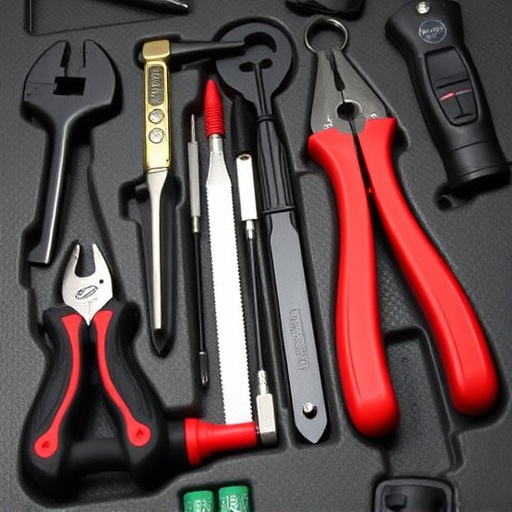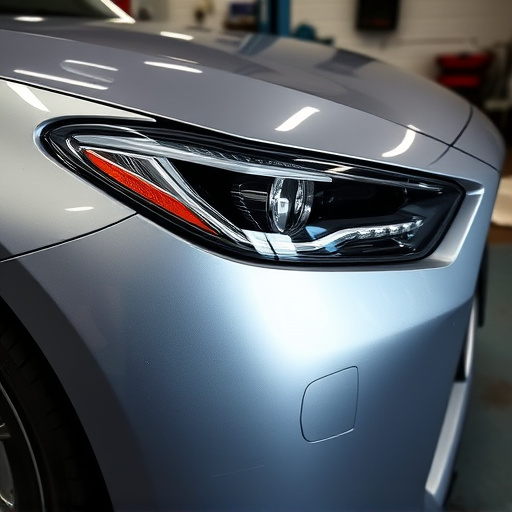Understanding deductible payment options is crucial for auto insurance. Lower deductibles save on repairs but increase premiums, while higher deductibles reduce costs but require larger upfront payments. Policyholders should balance financial preparedness and risk tolerance when choosing deductibles based on claim types and vehicle condition.
In the intricate world of insurance, understanding how claim types shape deductible payment structures is paramount for effective coverage. This article delves into this crucial dynamic, guiding you through the landscape of diverse claim types and their influence on deductible choices. We explore specific deductible payment options, providing insights to navigate complex structures efficiently. By the end, folks will be equipped to make informed decisions, ensuring optimal financial protection tailored to individual needs.
- Understanding Claim Types and Their Impact
- Exploring Deductible Payment Options
- Navigating Structures for Efficient Coverage
Understanding Claim Types and Their Impact

Understanding claim types is crucial when it comes to navigating deductible payment structures. Different types of claims, such as those for vehicle paint repair or dent removal (auto painting), often have distinct implications for how deductibles are calculated and paid. For instance, while some policies may offer a range of deductible payment options tailored to specific needs, others might mandate a standard deductible across all claim categories.
In the realm of auto insurance, these variations can significantly impact policyholders’ out-of-pocket expenses during claims. For minor incidents like dents or scratches, policies with lower deductibles provide cost savings. Conversely, significant damages may require higher deductibles to cover repair costs. Policyholders should carefully consider their claim types and corresponding deductible payment options to make informed decisions that align with their financial preparedness and risk tolerance.
Exploring Deductible Payment Options

When it comes to understanding your auto insurance policy, exploring deductible payment options is a crucial step. Deductibles represent the amount you pay out-of-pocket for repairs before your insurance coverage kicks in, and choosing the right option can significantly impact the financial burden of unexpected events like a fender bender or collision at the collision center.
Whether it’s a minor scratch or a more significant accident involving a collision repair shop, selecting an appropriate deductible payment structure allows you to strike a balance between potential savings and peace of mind. Lower deductibles offer more immediate coverage but may result in higher premiums, while higher deductibles can reduce monthly costs but require a larger out-of-pocket expense during claims. Understanding these dynamics is key to making an informed decision tailored to your financial situation and driving habits.
Navigating Structures for Efficient Coverage

In navigating structures for efficient coverage, understanding deductible payment options is key to ensuring optimal protection for your vehicle. Whether it’s for comprehensive or collision insurance, selecting the right deductible level can significantly impact your out-of-pocket expenses in the event of an incident, such as an automotive restoration or even a simple vehicle dent repair. A lower deductible offers more financial security, but with a higher premium, while a higher deductible can reduce costs, requiring a larger upfront payment for repairs, including detailed bodywork repairs.
Choosing the best fit involves balancing risk aversion and budget considerations. For instance, if you’re prone to minor fender benders or curbs, opting for a slightly higher deductible alongside comprehensive coverage could be judicious. Conversely, if you drive an older vehicle that’s more susceptible to damage, like in the case of automotive restoration claims, selecting a lower deductible might provide peace of mind and facilitate smoother repairs without breaking the bank.
Claim types significantly shape deductible payment structures, offering diverse approaches to balance cost and coverage. By understanding these impacts, individuals can navigate the complexities of insurance and choose the optimal deductible payment options for their needs. Efficient coverage isn’t just about minimizing costs; it’s about ensuring protection during unforeseen events while managing financial exposure effectively.














